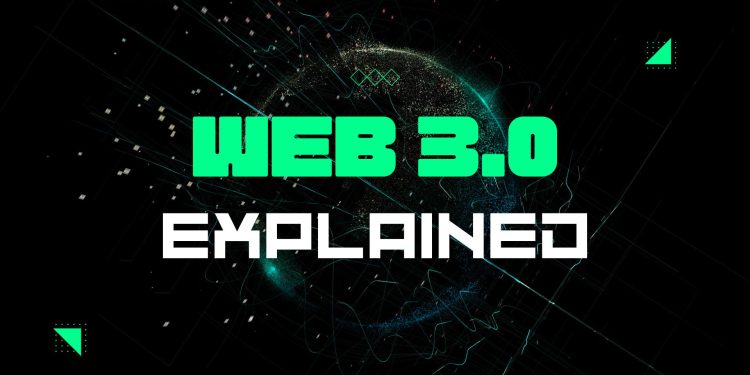What is Web 3.0?
Web 3.0, also known as Web3, is the proposed next phase of the World Wide Web. It aims to be a more decentralized, open, and user-centric internet, compared to the current Web 2.0 dominated by large tech companies like Google and Facebook.
Before talking in detail about Web3, let’s look back at our internet history
Web 1.0: The Information Stage
Recall the days of dial-up and basic, static websites like Geocities. This was Web 1.0 – a simple, one-directional flow of information from central servers to users. It was informative but unchanging, like reading an old encyclopedia.
Web 2.0: Interaction without Ownership
Next, Web 2.0 emerged, bringing social media, interactive platforms, and user-generated content. We became not just viewers but also creators. However, the control remained uneven. Large tech companies harnessed our data, often without clear consent, and algorithms shaped our digital experiences.
Web 3.0: Empowerment through Decentralization
Decentralization: Instead of relying on centralized servers and platforms, Web 3.0 aims to distribute power and data across peer-to-peer networks. This gives users more control over their data and online experiences.
Ownership: In Web 3.0, users can potentially own their own data and digital assets, such as NFTs (non-fungible tokens), giving them greater control and monetization opportunities.
Semantic Web: Web 3.0 seeks to go beyond just keywords and understand the meaning and context of information, making it more relevant and personalized for users.
Artificial Intelligence: AI plays a key role in Web 3.0, from powering intelligent assistants to facilitating personalized experiences and adapting to user behavior.
What does this mean for you?
A more personalized and interactive web: Imagine websites that adapt to your individual needs and preferences, learning from your interactions and evolving alongside you.
New ways to earn and create
From owning a piece of the internet infrastructure to monetizing your online identity, Web 3.0 opens up exciting possibilities for financial participation and creative expression.
A more equitable and democratic internet
Decentralization levels the playing field, giving everyone a voice and a chance to participate in shaping the online world.
Challenges of Web 3.0:
- Technical complexity: Building and maintaining decentralized networks is technically challenging and requires new infrastructure and protocols.
- Scalability: Can Web 3.0 technologies handle the large volume of data and transactions required for widespread adoption?
- User experience: Making Web 3.0 user-friendly and accessible to everyone is crucial for mainstream adoption.
Web 3.0 is still under development and its future is uncertain. However, it represents a potential shift in how we interact with the internet, with a focus on empowering users and creating a more equitable and open online environment.
If you’d like to learn more about specific aspects of Web 3.0, feel free to ask!






